Optimal Timing for Chimney Pipe Installation

Spring offers moderate weather conditions, reducing the risk of delays caused by extreme temperatures or precipitation.
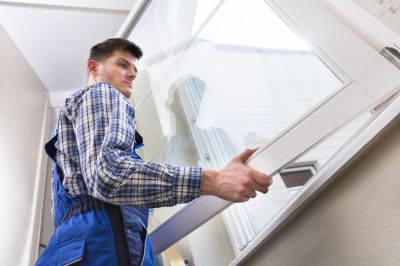
Summer provides longer daylight hours and stable weather, ideal for completing chimney pipe installations efficiently.

Fall's cooler temperatures and dry weather make it suitable for installation projects before winter sets in.
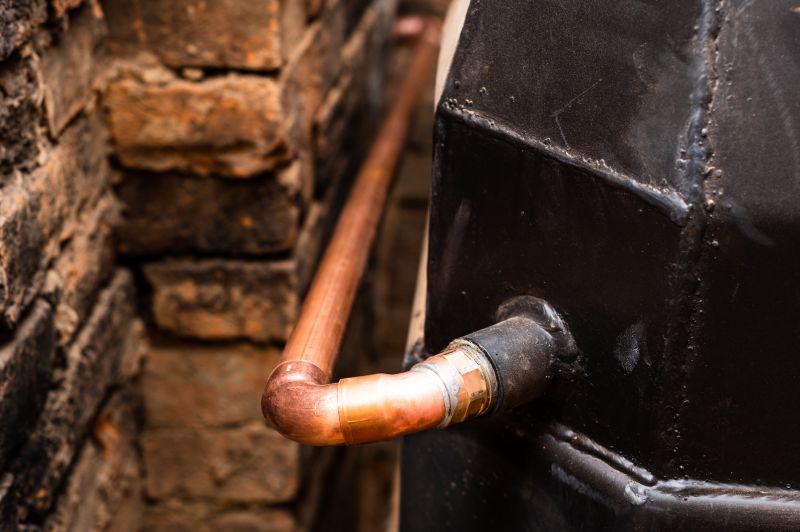
Ways to make Chimney Pipe Installations work in tight or awkward layouts.
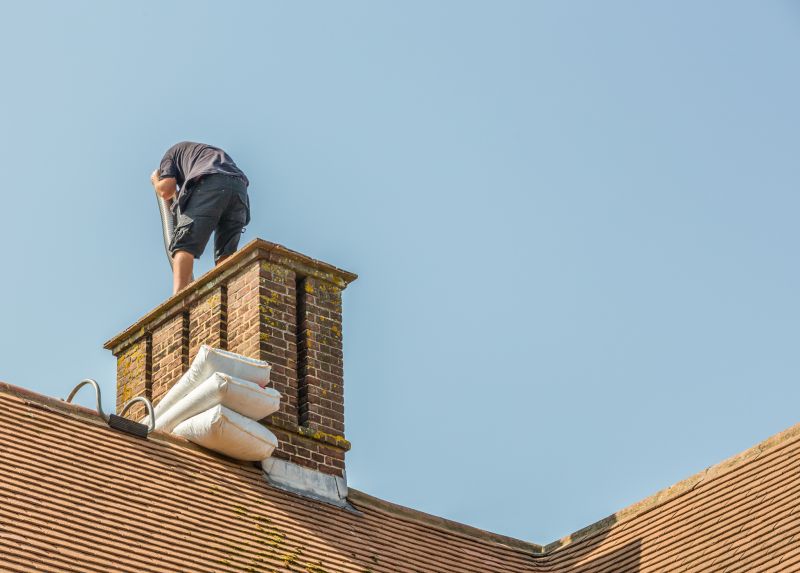
Popular materials for Chimney Pipe Installations and why they hold up over time.
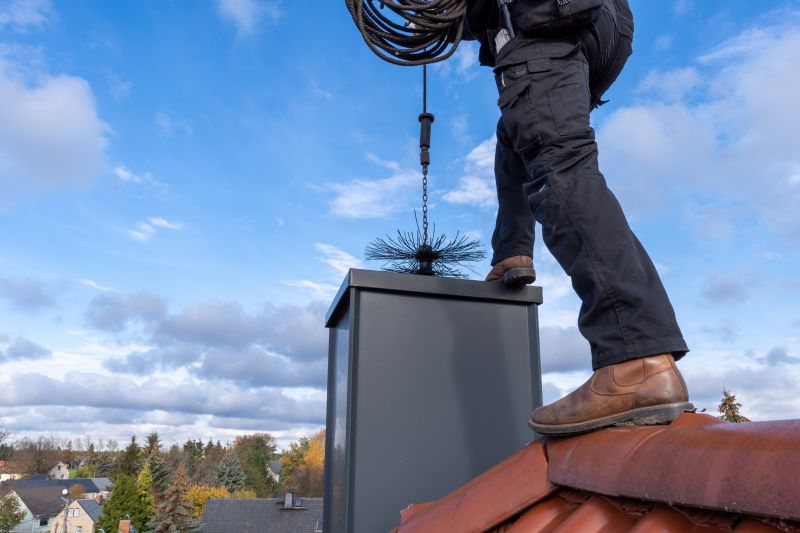
Simple add-ons that improve Chimney Pipe Installations without blowing the budget.
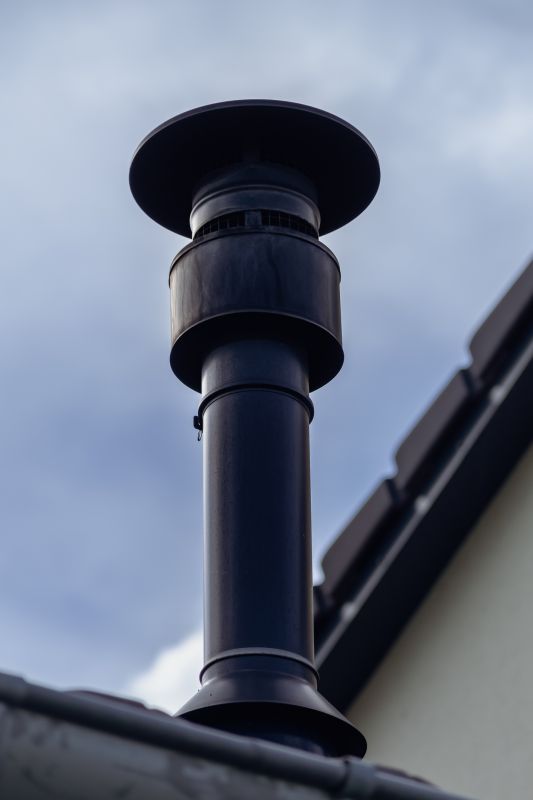
High-end options that actually feel worth it for Chimney Pipe Installations.
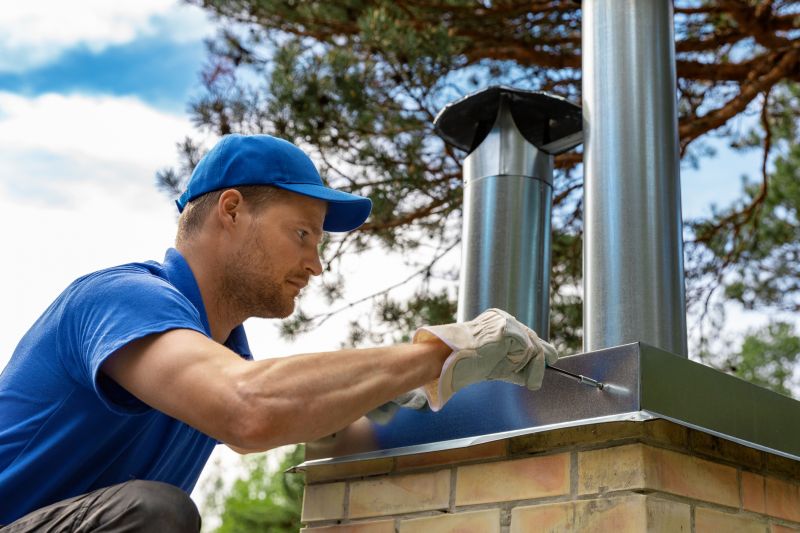
Finishes and colors that play nicely with Chimney Pipe Installations.
Chimney pipe installations are critical for ensuring proper venting of combustion gases from heating appliances. The timing of installation impacts project quality, safety, and efficiency. Optimal periods typically coincide with weather conditions that favor dry, moderate temperatures, reducing the risk of moisture intrusion and material warping. Properly timed installations can also prevent delays caused by weather-related disruptions, ensuring adherence to schedules and reducing costs.
Dry and mild weather conditions are preferred to prevent moisture-related issues during installation.
Materials such as metal pipes and sealants perform best when installed in stable, moderate temperatures.
Planning installations during seasons with predictable weather reduces project delays and ensures quality.
Spring and fall offer ideal conditions, while summer can be suitable for longer projects with stable weather.

A technician installs the chimney pipe, ensuring proper sealing and secure connections.

Correct installation ensures efficient venting and safety from harmful gases.
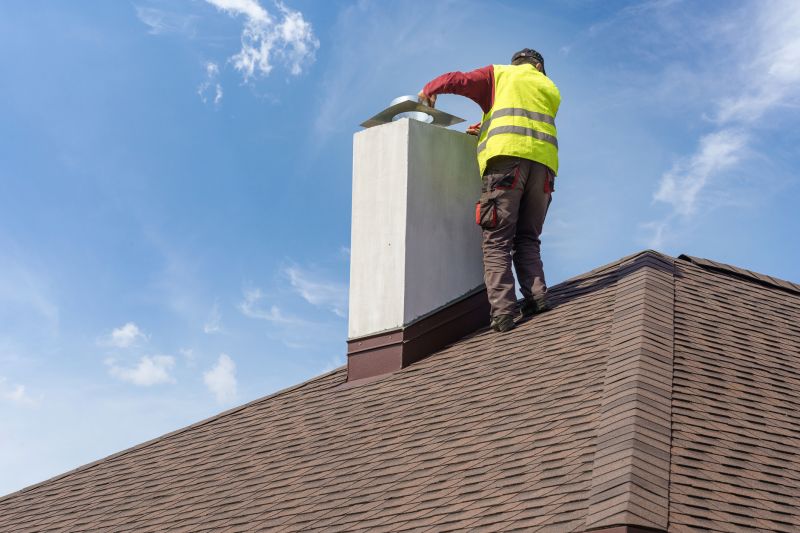
Post-installation inspections confirm the system's integrity and compliance.

Specialized tools facilitate precise fitting and sealing of chimney pipes.
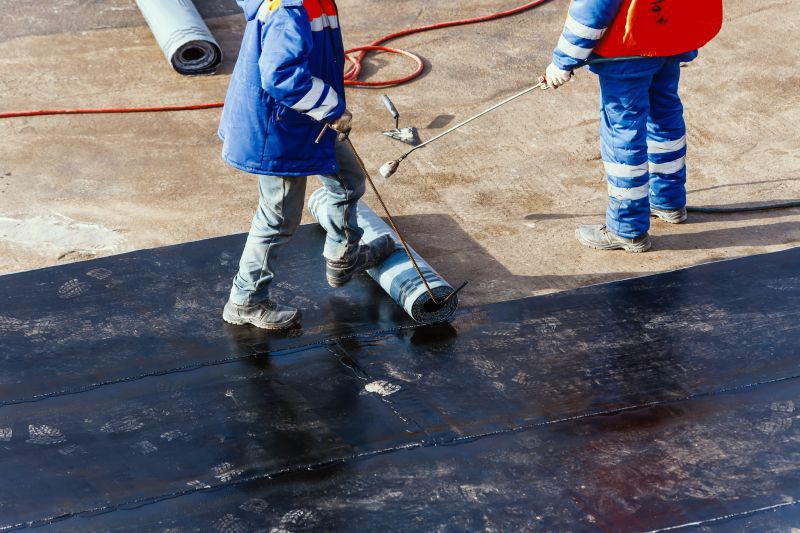
Weather-resistant sealants and flashing protect the system from moisture intrusion.
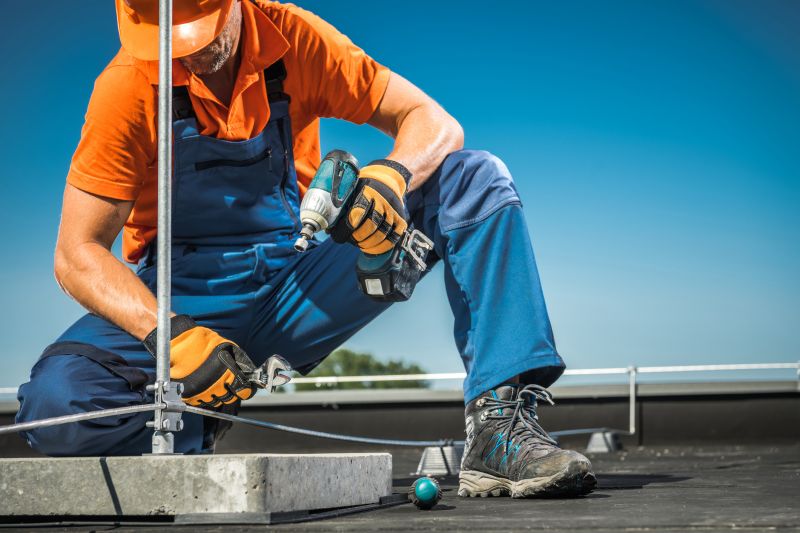
Proper safety gear ensures worker safety during installation activities.
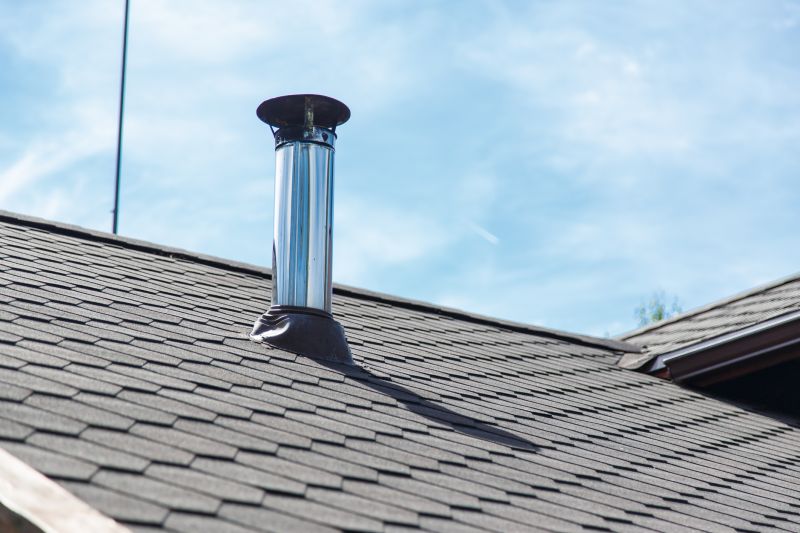
A properly installed chimney pipe system ensures efficient operation and safety.

Regular checks extend the lifespan and performance of the chimney system.
| Season | Advantages |
|---|---|
| Spring | Moderate weather reduces installation risks and delays. |
| Summer | Longer daylight hours and stable conditions facilitate projects. |
| Fall | Cool, dry weather ideal for outdoor work before winter. |
| Winter | Generally not recommended due to cold and snow risks. |
Choosing the right time for chimney pipe installation can enhance safety, efficiency, and durability. Proper planning around seasonal weather patterns minimizes disruptions and ensures the system performs optimally. Consulting with installation professionals can help determine the best timing based on local climate conditions and project scope.
Interested parties are encouraged to contact for more information or to schedule a chimney pipe installation. Proper timing and professional execution are vital for system longevity and safety.



